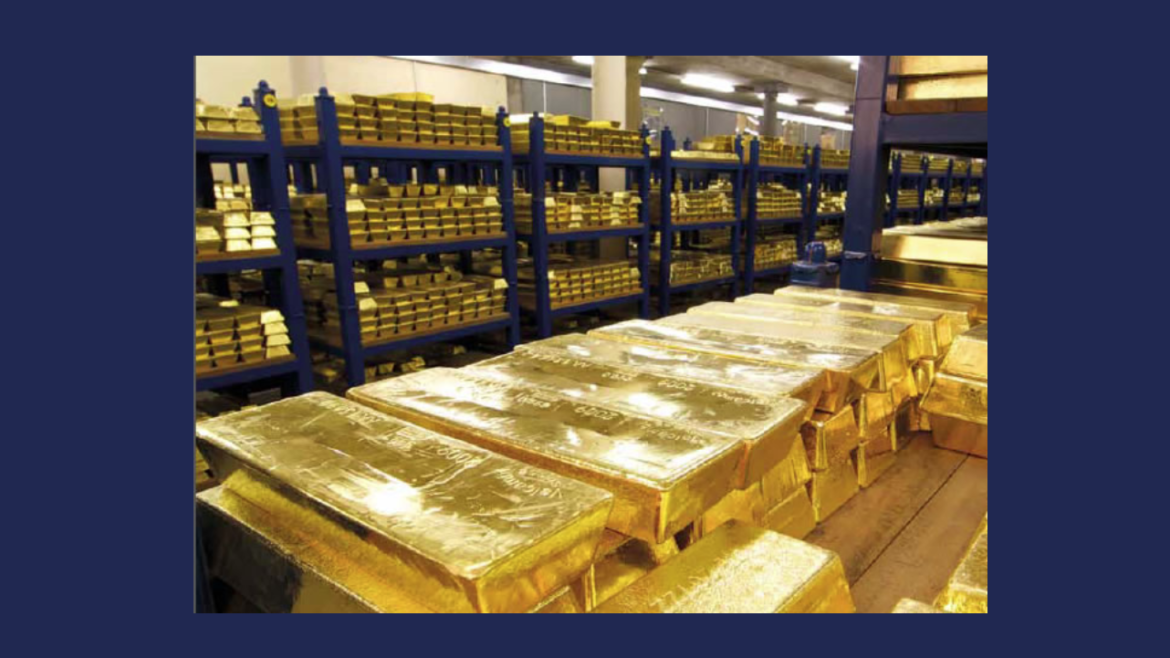Gold has all the potential to go unprecedentedly high. But silver will be gold on
Site:
Precious metals news
A draft law is now being examined by the National People's Congress (NCP) which would shield Chinese entities and institutions from "the unilateral and discriminatory measures imposed by foreign countries" and ultimately the "long arm jurisdiction" of the United States, according to state media.
How is inflation good for society?… Higher interest rates in certain cases are indications of a healthy economy…
Jun 9, 2021 - 10:56:42 PDT
So markets of all kinds are taking the Fed at their word and buying the “transitory” narrative hook, line and sinker. This sets up a potential repricing event should inflation eventually prove more sustainable than the markets have priced in.
“The risks of inflation rising on a sustained basis are much higher in the United States than in Europe," he added, pointing to far more generous financial support for US households, which has propped up income and helped boost savings to levels not seen in more than 70 years. "In brief," wrote the Deutsche Bank economists, "the easy policy decisions of the disinflationary 1980-2020 period appear to be behind us."
The U.S. Senate voted 68-32 on Tuesday to approve a sweeping package of legislation intended to boost the country's ability to compete with Chinese technology.
 China’s Highest Producer Inflation in Over 12 Years Highlights Global Price Pressures
China’s Highest Producer Inflation in Over 12 Years Highlights Global Price PressuresJun 9, 2021 - 08:40:30 PDT
China's May factory gate prices rose at their fastest annual pace in over 12 years due to surging commodity prices, highlighting global inflation pressures at a time when policymakers are trying to revitalise COVID-hit growth.
 Surprise Jump in U.S. Wages Gives Inflation Debate a New Twist: Bloomberg
Surprise Jump in U.S. Wages Gives Inflation Debate a New Twist: BloombergJun 9, 2021 - 08:34:17 PDT
That raises the prospect of what’s known and dreaded in economics as a wage-price spiral. The idea is that higher wages spur more spending growth that strains production capacity and drives up business costs. In turn, companies raise prices and workers demand even larger pay increases to stay ahead of a rising cost of living.
 Workers Are Quitting Hotel and Restaurant Jobs at the Highest Rate on Record: Bloomberg
Workers Are Quitting Hotel and Restaurant Jobs at the Highest Rate on Record: BloombergJun 9, 2021 - 08:24:53 PDT
Per the JOLTS report, 5.6% of workers in the accommodation and food-services industry quit their job in April, up from 5.4% the previous month. This is record territory.
Awash in deposits over the course of the pandemic, some banks are now encouraging their corporate clients to spend the cash on their businesses or move it elsewhere.
Government bonds and a handful of “meme stocks” rallied on Tuesday amid otherwise calm financial markets, as investors awaited inflation data and weighed increasing US-China tensions.
Former Federal Reserve Vice Chairman Donald Kohn voiced concern on Tuesday that the U.S. central bank is not well-positioned to deal with a rising threat of faster inflation.“There are risks to the upside for inflation,” Kohn, who served 40 years at the Fed including four as vice chair, said.
Oil resumed its rally to top $70 a barrel in New York as investors grew more confident that accelerating vaccinations and easing travel restrictions will continue to boost demand.West Texas Intermediate futures surpassed the $70 mark to close at its highest since Oct. 2018 after briefly touching the key psychological level earlier this week.
Central banks added gold to their reserves in record amounts in 2018 and 2019, but buying slowed last year with the onset of the COVID-19 pandemic. The slower pace has continued into 2021, but buying is ahead of last year as many countries continue to load up on the yellow metal. The World Gold Council projects gold will continue to play an important role in central bank reserves in the coming year.
Average Americans are worried about inflation, but the mainstream financial media doesn't think they should be. Even though inflation is a hot topic, the conversation seems to primarily center around the notion that inflation is overblown. In his podcast, Peter explains why this mainstream media spin downplaying inflation is dead wrong.
Gold prices rose on Wednesday, to head for the third gain in 4 days, thanks to a drop in the US Treasury bonds, ahead of key data in the US.
The world’s largest digital currency has slumped, pushing its average price over the last 50 days close to its 200-day moving average. Should the short-term line cross below the long-term one, the coin would reach the forbidding formation. The indicator is typically seen as a closely-watched technical measure that could offer a hint at more pain to come.
 Bank of America Merrill Lynch GFSI Market Risk Indicator Has Fallen to the Lowest Since March 2020
Bank of America Merrill Lynch GFSI Market Risk Indicator Has Fallen to the Lowest Since March 2020Jun 9, 2021 - 06:04:46 PDT
The Bank of America Merrill Lynch GFSI Market Risk indicator, a measure of future price swings implied by options trading on equities, interest rates, currencies and commodities, has fallen to the lowest since before the pandemic began to roil markets.
With the recent JPMorgan Treasury Client Survey showing that self-reported Treasury net longs were at record lows (and by extension, shorts were all time high) understandably perhaps ahead of an inflation print that is expected to be among the highest on record, there were virtually no traders left to short Treasurys, with all bears already on board.
Starting in April, though, no interest started looking interesting to certain investors with too much cash on their hands. The amount of money they placed at the Fed overnight at 0.00% grew from nothing to single-digit millions to billions and, as of June 8, $497.4 billion. That’s the most ever.
 The Average Millennial Has Over $4,000 in Credit Card Debt—Other Generations Have More
The Average Millennial Has Over $4,000 in Credit Card Debt—Other Generations Have MoreJun 9, 2021 - 05:43:06 PDT
Gen X carries the highest credit card debt, while Gen Z has the lowest. Here's how to pay down your credit card balance no matter your age.


























